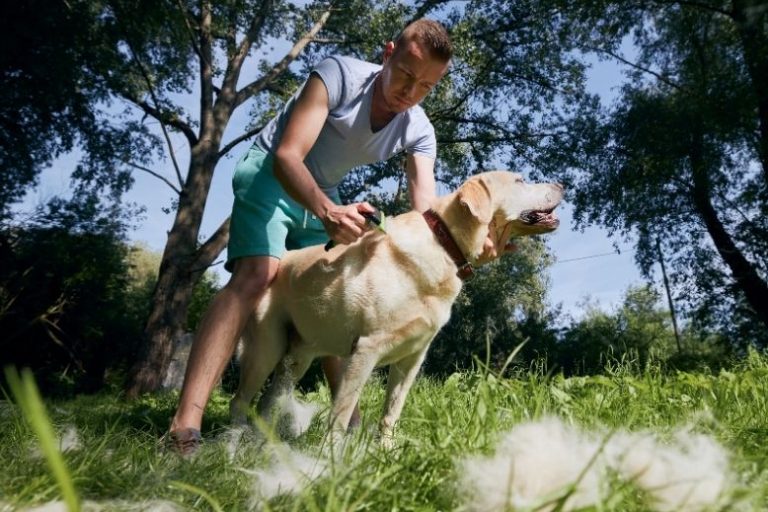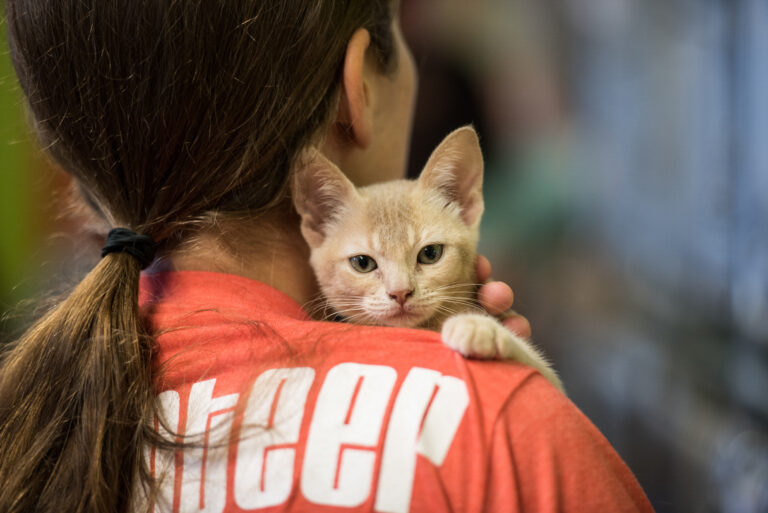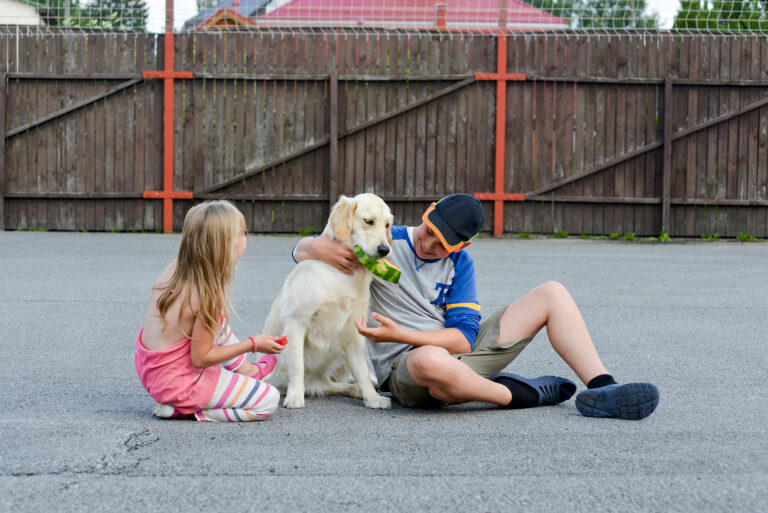Spring isn’t just the perfect time to freshen up your home—it’s also an ideal opportunity to give your dog’s belongings a thorough clean. Over time, your dog’s beds, toys, collars, and leashes accumulate dirt, hair, saliva, and bacteria that can affect not only your dog’s health but also the cleanliness of your home.
Proper cleaning helps eliminate unpleasant odors, allergens, bacteria, and parasites that may be lingering on your dog’s gear. Let’s walk through the best ways to sanitize your dog’s essentials while keeping safety in mind.
Table of Contents
Why Cleaning Your Dog’s Gear Matters
Dogs spend a lot of time interacting with their belongings—chewing on toys, lounging in beds, or wearing collars daily. Dirt, saliva, skin oils, and outdoor contaminants can all settle into these items, creating a breeding ground for:
- Bacteria and germs
- Dust mites and allergens
- Parasites like fleas or ticks
- Unpleasant smells
Regular cleaning keeps your dog’s environment hygienic, reducing the risk of skin infections, digestive issues (from chewing on dirty toys), and household odors.
How Often Should You Clean Dog Gear?
While spring is a great time for a deep clean, some items should be sanitized more regularly:
- Beds and blankets: Every 1-2 weeks
- Toys: Weekly or more often if heavily used
- Collars, leashes, and harnesses: Monthly
- Food and water bowls: Daily
However, a comprehensive spring cleaning is essential to ensure all gear is refreshed.
How to Clean and Sanitize Dog Beds
Dog beds harbor fur, dander, bacteria, and sometimes even parasites. Follow these steps:
- Vacuum Thoroughly:
Remove loose fur, dirt, and debris using a handheld vacuum or vacuum with an upholstery attachment. - Check the Washing Instructions:
Most dog beds come with removable covers that are machine washable. Wash covers and bed inserts separately if possible. - Use Pet-Safe Detergent:
Opt for a mild, fragrance-free detergent to avoid irritating your dog’s skin. Avoid bleach or harsh chemicals. - Wash on Hot Cycle:
A hot water cycle helps kill bacteria, dust mites, and parasites. - Dry Completely:
Dry the bed thoroughly, preferably in a dryer, to prevent mold and mildew. Some beds recommend air drying, so always check labels.
How to Clean Dog Toys
- Plush and Fabric Toys:
- Machine Washable: Many soft toys can go in the washing machine. Use a gentle, fragrance-free detergent, and wash on a hot cycle.
- Hand Wash Option: If delicate, soak in warm water with mild detergent, rinse thoroughly, and air dry.
- Rubber, Nylon, and Hard Toys:
- Hand Wash in Soapy Water: Use hot water and a mild dish soap. Scrub with a brush to remove debris and saliva.
- Sanitize with Vinegar Solution: Soak in a mixture of one part white vinegar to one part water for 10-15 minutes, then rinse well and air dry.
- Dishwasher Safe Toys:
Check if toys are dishwasher safe. Top-rack washing without detergent can sanitize them using high heat alone.
Important: Regularly inspect toys for signs of wear and tear. Discard toys that are cracked, broken, or have loose parts to prevent choking hazards.
How to Clean Collars, Leashes, and Harnesses
These items are worn daily and collect dirt, oils, and bacteria. Cleaning them monthly or more frequently in warmer months is ideal.
Check the Material:
Most collars and leashes are made from nylon, fabric, leather, or metal.
Nylon and Fabric:
- Soak in a bowl of warm water with mild soap or pet-safe detergent.
- Gently scrub with a soft brush, paying attention to buckles and stitching.
- Rinse thoroughly and let air dry.
Leather Collars:
- Wipe down with a damp cloth and use a leather cleaner or conditioner.
- Avoid soaking leather items, as water can cause them to dry out and crack.
Metal Components:
Inspect metal buckles or tags for rust or wear and clean with a damp cloth. Replace if necessary.
Other Dog Gear to Clean During Spring Cleaning
- Food and Water Bowls:
Sanitize daily with hot, soapy water or run them through the dishwasher. Bacteria from saliva and leftover food can build up quickly. - Crate Liners and Mats:
Wash removable liners and mats similarly to dog beds. Disinfect hard crate surfaces with a pet-safe cleaner. - Outdoor Gear:
If your dog uses outdoor beds, raincoats, or booties, wash and air them out before spring adventures begin.
In Conclusion

Spring cleaning your dog’s gear isn’t just about keeping things tidy—it’s about promoting a healthier environment for your furry companion. By regularly cleaning beds, toys, collars, and other essentials, you reduce the risk of bacteria, allergens, and unpleasant odors while ensuring your dog’s comfort and safety.
Establishing a cleaning routine makes it easier to keep things fresh year-round, giving both you and your dog a cleaner, healthier home to enjoy.







